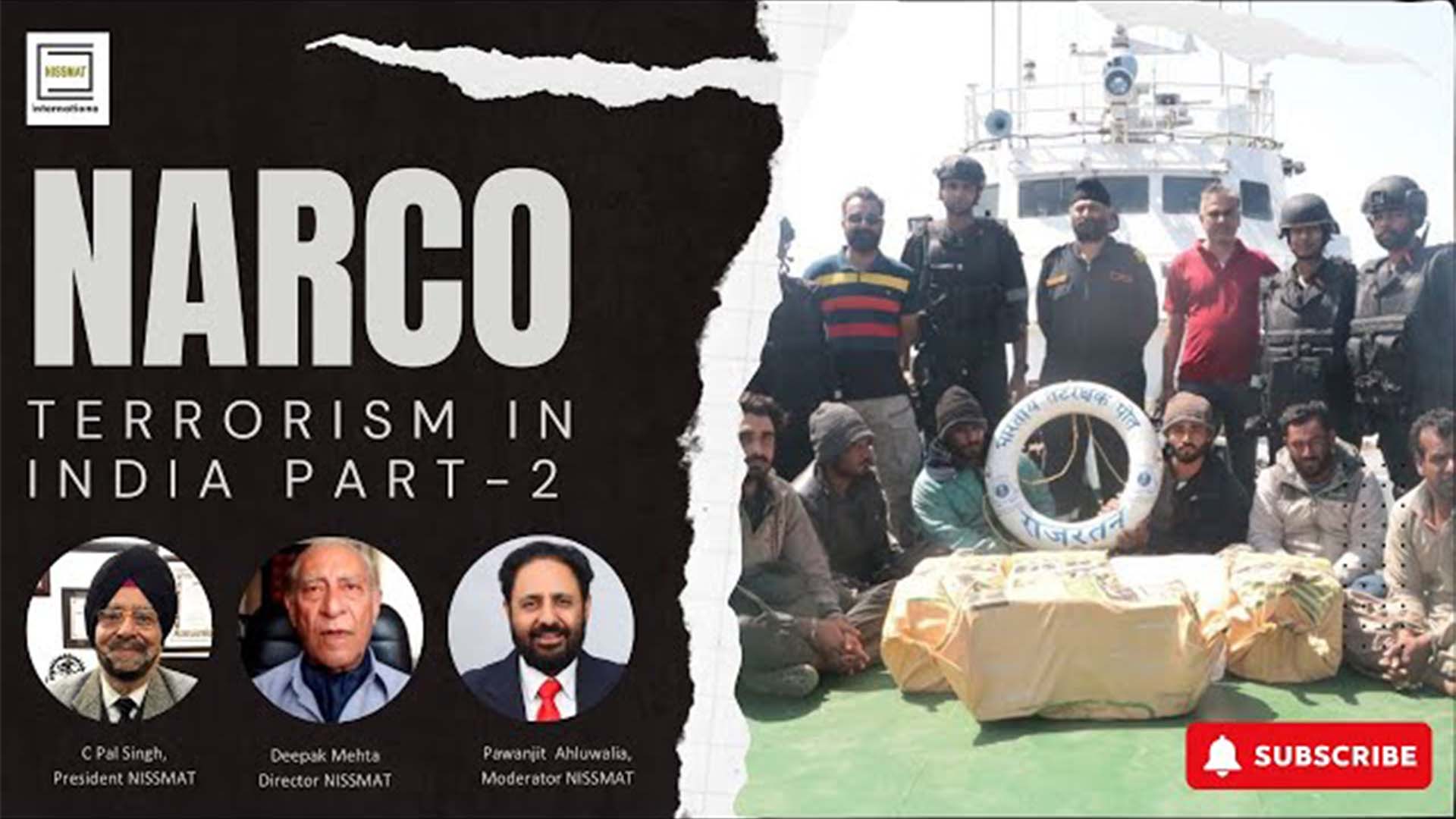By Anil Golani
First published by Hindustantimes.com on Sep 03, 2024 08:48 PM IST
Multilateral exercises such as Tarang Shakti serve as a beacon of hope and resolve for participating friendly foreign forces and send a strong strategic signal of deterrence to inimical forces and hegemons that do not wish to abide by a rules-based world order.
Profile Image: Jodhpur: Indian Air Force (IAF) personnel during a group photo at the inauguration ceremony of Tarang Shakti 2024, at the Jodhpur Air Force Station, in Jodhpur, Friday, Aug. 30, 2024. (PTI Photo) (PTI08_30_2024_000251B) (PTI)
The recently concluded first phase of the Tarang Shakti exercise was the first-ever multilateral air force exercise conducted by the Indian Air Force (IAF) after more than six decades. The last such exercise, Shiksha, was conducted in 1963, after the 1962 Indo-China conflict — with the American, British, and Australian air forces participating in it. With the French Air and Space Force, the German Air Force, the Royal Air Force of the UK, and the Spanish Air and Space Force taking part this time, it marked a new beginning for the IAF. The chiefs of the German, Spanish, and French air forces participated in the exercise.
In July 2004, six Jaguar aircraft of the IAF flew across the Atlantic to participate in Cope Thunder, a multilateral exercise organized by the US’s Pacific Air Force. The IAF has come a long way since. Having taken part in numerous exercises across the globe and having conducted bilateral exercises with the air forces of the UK, the US, Russia, the UAE, Egypt, Australia, Saudi Arabia, Israel, and many others, the IAF is much sought after as a participating force for joint exercises. Air forces the world over understand that they would be the first responders in any conflict, natural calamity, or disaster — due to the inherent attributes of speed, agility, stealth, and precision. Multilateral exercises with friendly foreign countries not only ensure interoperability but also enhance bonhomie amongst participants of different nations, lead to a better understanding of each other’s capabilities and limitations, and enhance operational synergy.
Carrying out large force engagement (LFE) exercises, refueling mid-air from each other’s tankers, and operating under the airborne warning and control systems (AWACS) of different air forces with their mission commanders gives a great deal of confidence to the participating crew of different nationalities apart from enhancing air situational awareness under dynamic conditions. Exercises such as these are rare opportunities that test the planning, preparation, operational readiness, and response of air forces in a spirit of healthy competition, preparing them for unforeseen contingencies should the need arise.
Tarang Shakti’s second phase commenced on August 30, with the participation of forces from the US, Australia, Greece, Singapore, Japan, Sri Lanka, and the UAE, apart from observers from many other friendly foreign countries. Bangladesh, which was scheduled to participate in the second phase, has withdrawn due to political uncertainty and turmoil in the country. With seven nations participating with their air assets in this exercise, the IAF is going to field its indigenous Tejas LCA apart from Rafael, Su 30, Jaguar, Mirage 2000, and Mig 29 aircraft along with its AWACS, including the indigenous Netra AEW & C aircraft. F-16s from the Hellenic Air Force and the USAF, F-18s from the Royal Australian Air Force, Mitsubishi F-2 fighter aircraft from the Japan Air & Self Defense Force (JASDF), and A-10s of the USAF are going to participate in this phase, which will also witness live firing by IAF aircraft. The exercise is going to witness several LFE missions, including some that will be long (through the night). This is going to be the first time that Greece’s air force will participate in a military exercise in India, after IAF’s participation in the Iniochos exercise hosted by Greece in April 2023.
The exercise is going to test the mettle, skill, and professionalism of all participating nations while honing their ability to operate in a multinational environment with large forces. While the western air forces are used to operating together on a regular basis in an airborne networked environment with common and interoperable communication links and operating bases, the IAF needs to fast-track operationalization of its airborne network-centric capability and secure communication links, including software-defined radios (SDR). The increasing demand of foreign air forces to exercise with the IAF bears testimony to the professionalism of its air warriors and the growing stature of India in the emerging world order. Multilateral exercises such as Tarang Shakti serve as a beacon of hope and resolve for participating friendly foreign forces and send a strong strategic signal of deterrence to inimical forces and hegemons that do not wish to abide by a rules-based world order.
Air Vice Marshal Anil Golani (Retd.) is Director General, Centre for Air Power Studies. The views expressed are personal. The AVM can be reach out on LinkedIn https://www.linkedin.com/in/air-vice-marshal-anil-golani-retired-844b6637/





















